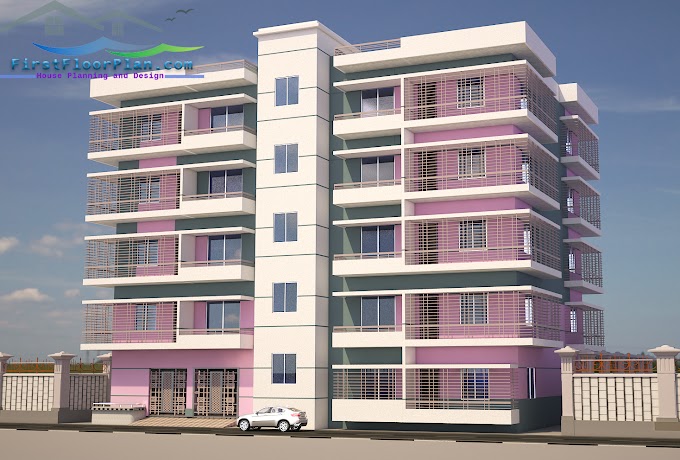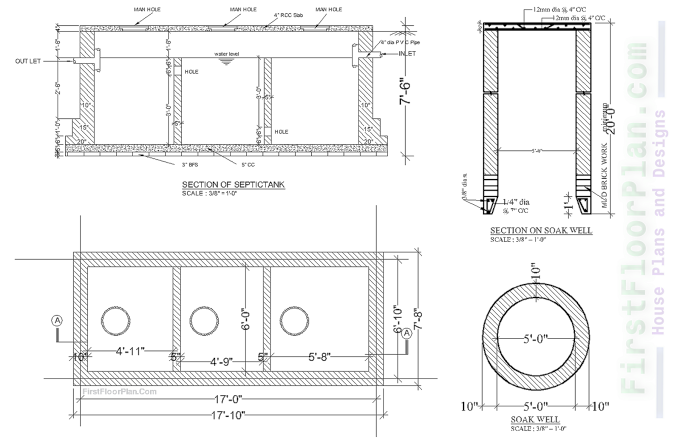Simulations have become an integral part of modern architecture and interior design, revolutionizing the way professionals in these fields approach their work. With the advancement of technology, architects and designers now have access to powerful tools that allow them to create virtual environments and test their ideas before they are implemented in the real world. This article explores the various ways in which simulations are used in modern architecture and interior design, and the benefits they bring to these industries.
1. Conceptualization and Visualization
One of
the primary roles of simulations in modern architecture and interior design is
to aid in the conceptualization and visualization of ideas. Traditionally,
architects and designers would rely on hand-drawn sketches and physical models
to convey their vision to clients and stakeholders. However, these methods
often fell short in accurately representing the final product.
Simulations,
on the other hand, provide a realistic and immersive experience that allows
clients and stakeholders to visualize the proposed design in a virtual
environment. By using computer-generated models and virtual
reality (VR) technology, architects and designers can create
interactive simulations that provide a more accurate representation of the
final product. This not only helps clients better understand the design concept
but also enables architects and designers to make informed decisions during the
design process.
For
example, architectural firm Foster + Partners used simulations to visualize
their design for the Apple Park headquarters in Cupertino, California. By
creating a virtual model of the building and its surroundings, they were able
to test different design elements and assess their impact on the overall
aesthetics and functionality of the space. This allowed them to make adjustments
and refinements to the design before construction began, saving time and
resources.
2. Testing and Analysis
Simulations
also play a crucial role in testing and analyzing various aspects of a design,
such as structural integrity, lighting conditions, and
energy efficiency. By simulating real-world scenarios, architects and designers
can identify potential issues and make necessary adjustments before
construction begins.
Structural
simulations, for instance, allow architects to assess the load-bearing capacity
of a building and ensure its stability. By inputting data such as material
properties and environmental conditions into simulation
software, architects can analyze how different design elements and
materials will perform under various loads and forces. This helps them optimize
the structural design and ensure the safety of the building.
Lighting
simulations are another valuable tool in modern architecture and interior
design. By simulating natural and artificial lighting conditions, architects
and designers can evaluate how light interacts with different surfaces and
spaces. This allows them to make informed decisions about the placement of
windows, skylights, and artificial lighting fixtures to achieve the desired
ambiance and functionality.
Energy
efficiency is a growing concern in architecture and interior design, and
simulations can help address this issue. By simulating the energy performance
of a building, architects and designers can identify areas of improvement and
implement energy-saving strategies. For example, simulations can help determine
the optimal orientation of a building to maximize natural daylight and minimize
the need for artificial lighting, or assess the effectiveness of insulation
materials in reducing heat loss.
3. Human-Centered Design
Simulations
are also instrumental in human-centered design, which focuses on creating
spaces that are tailored to the needs and preferences of the people who will
use them. By simulating human behavior and interactions within a space,
architects and designers can optimize the design to enhance user experience and
well-being.
For
instance, in interior design, simulations can be used to test different
furniture layouts and spatial configurations to determine the most efficient
and comfortable arrangement. By considering factors such as ergonomics, circulation patterns,
and accessibility, designers can create spaces that promote productivity and
comfort.
In
healthcare design, simulations can be particularly valuable. By simulating
patient flows and staff movements, architects and designers can optimize
the layout of hospitals and clinics to improve efficiency and
patient experience. This includes considerations such as minimizing walking
distances, reducing waiting times, and ensuring clear wayfinding.
Simulations
can also be used to assess the impact of design choices on the psychological
well-being of occupants. For example, by simulating different color schemes and
materials, designers can evaluate the emotional responses they elicit and
select those that create a desired atmosphere, such as calmness or vibrancy.
4. Collaboration and Communication
Simulations
facilitate collaboration and communication among architects, designers,
clients, and other stakeholders involved in a project. By providing a shared
virtual environment, simulations allow all parties to visualize and discuss the
design concept in a more immersive and interactive manner.
Virtual
reality (VR) technology, in particular, has emerged as a powerful tool for
collaborative design. By donning VR headsets, architects and designers can
transport themselves and their clients into a virtual representation of the
proposed design. This enables real-time exploration and feedback, fostering a
more collaborative and iterative design process.
Simulations
also help bridge the gap between technical professionals and non-technical
stakeholders. By presenting the design concept in a visually engaging and
interactive manner, simulations make it easier for clients and stakeholders to
understand and provide feedback. This leads to more effective communication and
a higher likelihood of meeting the expectations and requirements of all parties
involved.
5. Cost and Time Savings
Simulations
offer significant cost and time savings in modern architecture and interior
design. By identifying and resolving design issues early in the process,
simulations help minimize the need for costly changes during construction.
For
example, structural simulations can help architects optimize the use of
materials, reducing construction costs without compromising safety. Lighting
simulations can help designers select the most energy-efficient lighting
fixtures, resulting in long-term cost savings for building owners.
Human-centered design simulations can prevent costly redesigns by ensuring that
spaces are functional and meet the needs of their users from the outset.
Simulations
also help streamline the design process by reducing the time required for
iterations and revisions. By quickly testing and evaluating different design
options in a virtual environment, architects and designers can make informed
decisions and progress more efficiently. This allows projects to move forward
at a faster pace, saving time and resources.
Summary
Simulations
have revolutionized modern architecture and interior design by providing
powerful tools for conceptualization, testing, analysis, human-centered design,
collaboration, and cost and time savings. From visualizing design concepts to
analyzing structural integrity and optimizing energy efficiency, simulations
have become an essential part of the design process.
By
leveraging simulations, architects and designers can create more accurate and
immersive representations of their designs, enabling clients and stakeholders
to better understand and provide feedback. Simulations also help identify and
resolve design issues early, leading to cost and time savings. Furthermore,
simulations facilitate collaboration and communication among all parties
involved, fostering a more efficient and effective design process.
As technology continues to advance, simulations are likely to play an even greater role in the future of architecture and interior design. With the ability to create increasingly realistic and interactive virtual environments, simulations will continue to push the boundaries of design possibilities and enhance the overall quality of built environments.











%20House%20plan%20with%207%20storey%20Apartmen%20building%20Structural%20desing%20%20DWG%20&%20PDF.jpg)

